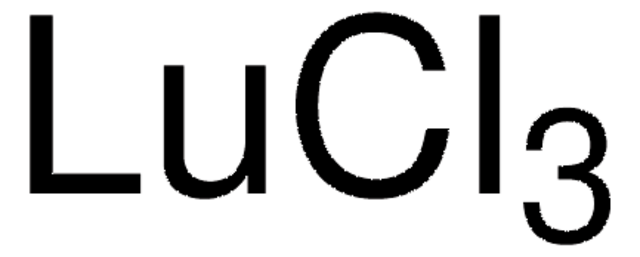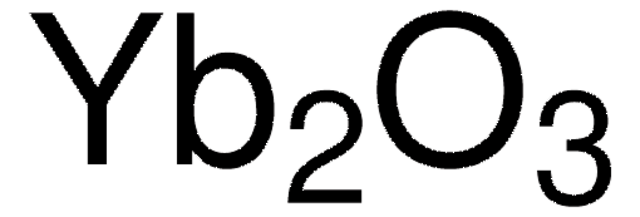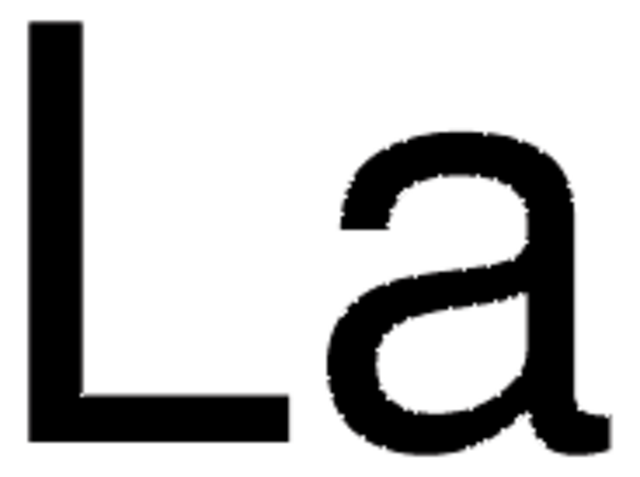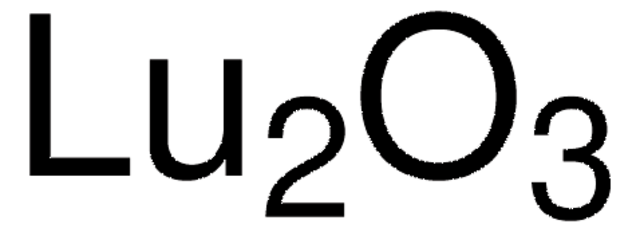GF58573648
Lutetium
powder, 1g, max. particle size 500 micron, 99.9%
Sinonimo/i:
Lutetium, LU006010
About This Item
Prodotti consigliati
Saggio
99.9%
Stato
powder
Produttore/marchio commerciale
Goodfellow 585-736-48
Resistività
54 μΩ-cm, 20°C
Dimensione particelle
500 μm
P. ebollizione
3402 °C (lit.)
Punto di fusione
1663 °C (lit.)
Densità
9.84 g/mL at 25 °C (lit.)
Stringa SMILE
[Lu]
InChI
1S/Lu
OHSVLFRHMCKCQY-UHFFFAOYSA-N
Cerchi prodotti simili? Visita Guida al confronto tra prodotti
Descrizione generale
Note legali
Avvertenze
Danger
Indicazioni di pericolo
Consigli di prudenza
Classi di pericolo
Flam. Sol. 1
Codice della classe di stoccaggio
4.1B - Flammable solid hazardous materials
Classe di pericolosità dell'acqua (WGK)
WGK 3
Punto d’infiammabilità (°F)
Not applicable
Punto d’infiammabilità (°C)
Not applicable
Scegli una delle versioni più recenti:
Certificati d'analisi (COA)
It looks like we've run into a problem, but you can still download Certificates of Analysis from our Documenti section.
Se ti serve aiuto, non esitare a contattarci Servizio Clienti
Possiedi già questo prodotto?
I documenti relativi ai prodotti acquistati recentemente sono disponibili nell’Archivio dei documenti.
Global Trade Item Number
| SKU | GTIN |
|---|---|
| GF58573648-1EA | 4061825410074 |
Il team dei nostri ricercatori vanta grande esperienza in tutte le aree della ricerca quali Life Science, scienza dei materiali, sintesi chimica, cromatografia, discipline analitiche, ecc..
Contatta l'Assistenza Tecnica.








